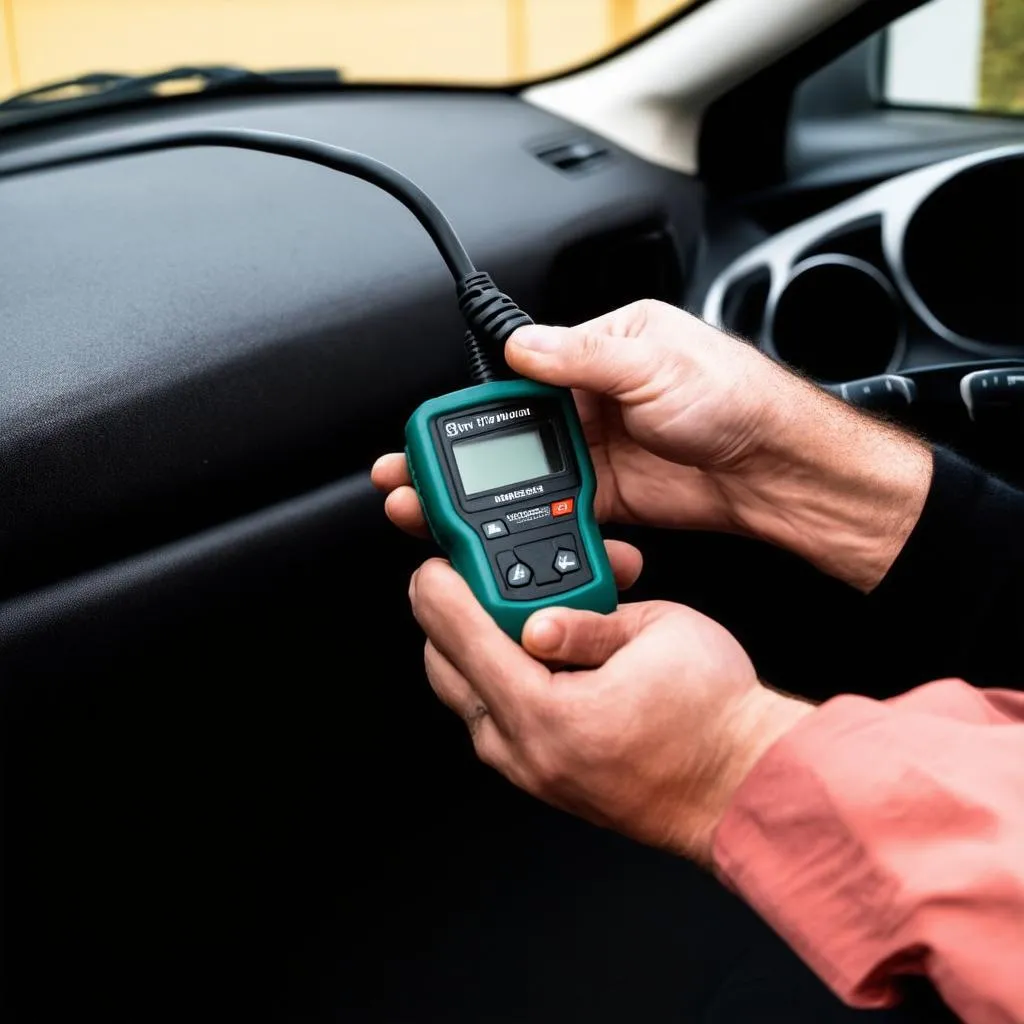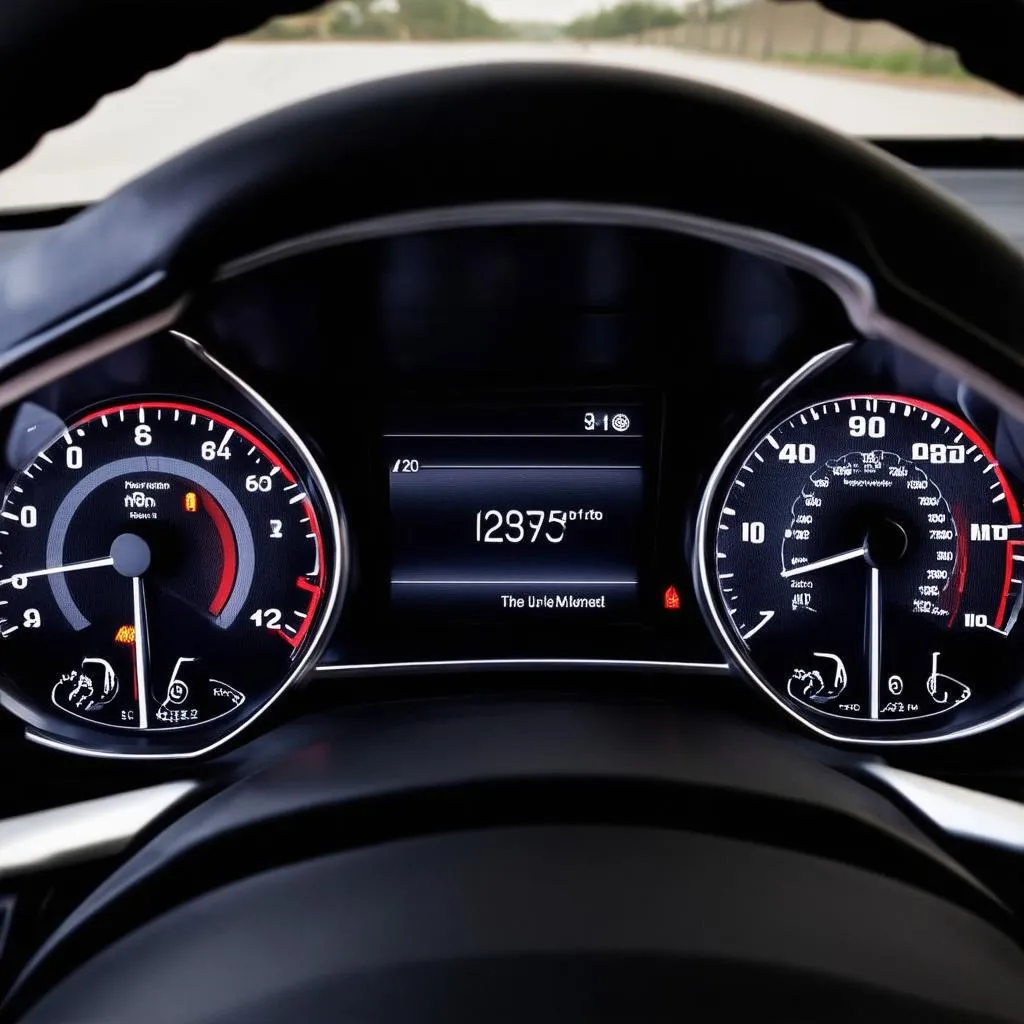“The odometer never lies,” they say. But what about the digital age, where a few keystrokes can seemingly turn back time? If you’re wondering, “does OBD-II store odometer readings?”, you’re not alone. This question often pops up when buying a used car, suspecting mileage tampering, or simply trying to understand the secrets hidden within your vehicle’s computer.
Decoding the Odometer Mystery: What OBD-II Can (and Can’t) Do
Let’s imagine a scenario: You’re about to buy a used beauty – a sleek, low-mileage dream car. You plug in your trusty OBD-II scanner, eager to confirm the mileage and ensure a fair deal. But then, disappointment strikes. The odometer reading on your scanner doesn’t match the dashboard. What gives?
Here’s the reality: while OBD-II scanners are powerful tools for diagnosing engine problems, accessing emissions data, and even reading trouble codes, they don’t typically display the vehicle’s odometer reading.
Why Not? It’s a Matter of Security and History
Think of it like this: if anyone with an OBD-II scanner could easily access and modify the odometer reading, it would be far too tempting for unscrupulous sellers to “rollback” the mileage and deceive potential buyers.
To prevent this, car manufacturers have implemented stringent security measures. The odometer reading is usually stored in multiple locations within the vehicle’s computer system, including tamper-proof modules. These modules often require specialized equipment and software, typically found in dealerships and professional automotive workshops, to access and interpret the data.
The Quest for Accurate Mileage: Where to Look
So, if your OBD-II scanner won’t reveal the true mileage, where do you turn?
- Vehicle History Reports: Websites like Carfax or AutoCheck provide comprehensive vehicle history reports, often including reported odometer readings at various points in time.
- Pre-Purchase Inspections: A trusted mechanic can perform a thorough pre-purchase inspection, looking for signs of wear and tear that might contradict a suspiciously low odometer reading.
- Dealer Records: If you’re buying from a dealership, ask for maintenance records and service history, which can help verify the mileage.
Beyond the Numbers: A Holistic Approach to Car History
While the odometer provides a numerical snapshot of a car’s journey, it’s essential to remember that it’s just one piece of the puzzle. A car’s story is also told through its overall condition, maintenance records, and even its aura.
Just like a well-loved antique carries the energy of its previous owners, a car’s history leaves its mark. Pay attention to the subtle signs:
- Interior Wear and Tear: Worn-out seats, faded upholstery, and a loose gear shifter can indicate higher mileage than what’s displayed.
- Engine Performance: A sluggish engine, unusual noises, and excessive smoke could be telltale signs of a car that’s seen better days.
- Maintenance Records: Regular oil changes, timely repairs, and meticulous upkeep contribute to a car’s longevity and overall well-being.
Need Expert Help? We’re Just a Message Away!
Still have questions about OBD-II, odometer readings, or anything related to your car’s diagnostics? Don’t hesitate to reach out to our team of automotive experts on WhatsApp at +84767531508. We’re available 24/7 to provide guidance, support, and peace of mind.
Remember, knowledge is power when it comes to your car. By arming yourself with the right information and seeking professional assistance when needed, you can confidently navigate the world of automotive diagnostics and ensure a smooth and enjoyable driving experience.
 OBD-II Scanner Plugged In
OBD-II Scanner Plugged In
 Car Dashboard with High Mileage
Car Dashboard with High Mileage